Schools pitch to create Net Zero island
Students from district schools pitched their ideas to create a Net Zero island at a University of Bradford-hosted event.
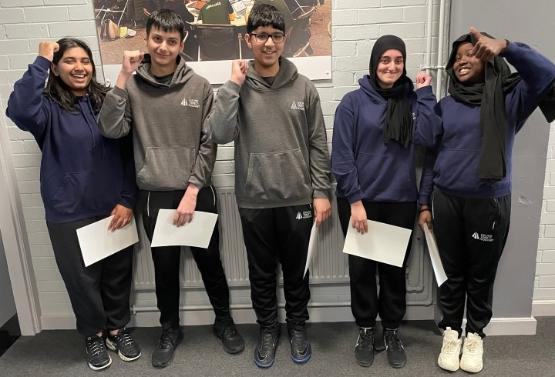
The participating teams had to devise ways of producing energy for heating and cooking, managing waste and fuel transport for 30,000 people on a fictional island ensuring its net zero in relation to its carbon emissions.
A total of 33 students, from school year nine aged 13 and 14, split into groups to pitch their ideas to a panel of judges.
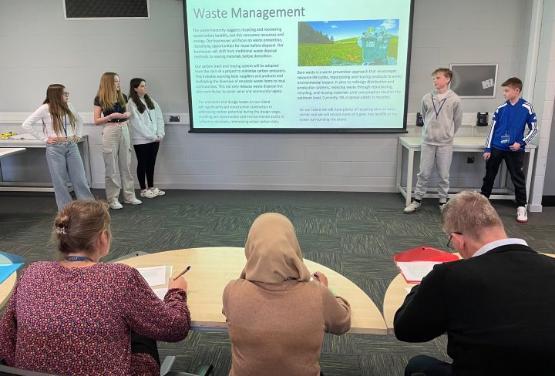
Projects pitched addressed different needs to make their island Net Zero including energy production, waste management, transport, housing and food production.
The participating Bradford district schools were Dixons Trinity Academy, Woodhouse Grove, and St Bede’s and St Joseph’s Catholic College.
A team from Dixons Trinity Academy were crowned winners for their pitch which included every house on the island having free roof solar panels fitted. They proposed walkable cities where amenities would be accessible by foot, operating e-ferries and using food waste to generate enough energy to power electricity to more than 350 homes on their island for a year.
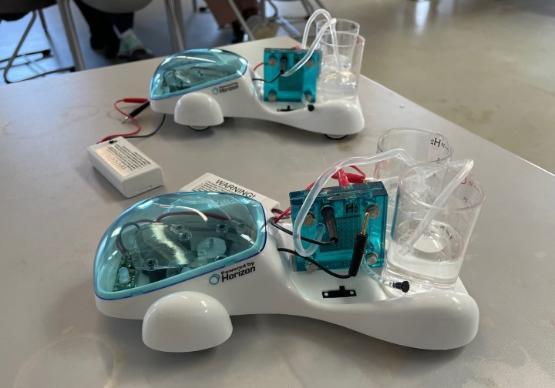
The University of Bradford partnered with the region’s gas distributor, Northern Gas Networks (NGN), DNV, Bechtle and the SkillsHouse for the challenge.
The panel of judges said they were impressed by the standard of the students’ pitches, with other team’s ideas included giving segways to all island residents.
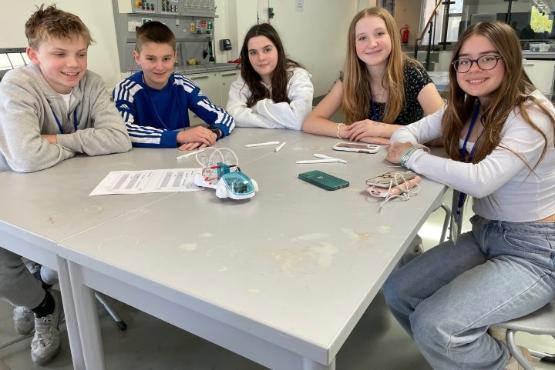
Dr James Machell, STEM Curriculum Development Manager at the University of Bradford, said: “The students went beyond ideas into serious understanding of the technologies they were talking about.
“It is clear they had the understanding to develop a solution in a dynamic way.”
Sally Jones, Environment Manager at Bradford Council’s Sustainability Service, said: “We saw some amazing engineering solutions and holistic ideas for a greener future. They were such a high standard.”
Tim Harwood, Executive Project Director at NGN, said “All the pupils who took part should feel very proud. I was amazed that each team came up with very different answers to the same question and the creativity of the pupils’ ideas and the range of research undertaken was very impressive.”
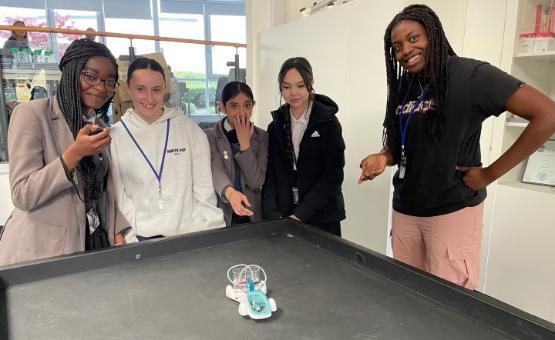
The other judges were Shafia Chowdhury from Bradford Council’s Sustainability Service, David Siggins of Bechtle, and David Tomkin of DNV.
At the event, the students also attended a hydrogen car workshop led by the NGN educators team.
Each group was given a model hydrogen car and timed how long the battery life lasted on surfaces including carpet, floor and mats at the university’s STEM Centre.
The students initially took part in a workshop event, held at the university in February, where they received help with their ideas from NGN mentors before they pitched them at April’s event. Colleagues in the Faculty of Engineering and Digital Technologies have also supported this project.
Andrew Gray, Careers Technical Education (CTE) Officer at SkillsHouse, said: “The students really took ownership of their projects and it was fantastic to see the level of research and thought they put into it.”
All of the participating students have been invited to attend DNV’s Spadeadam Research and Testing facility in Cumbria in June. They will have the opportunity to learn more about DNV’s research into low carbon technologies and how these will contribute to the firm’s Net Zero goals.
